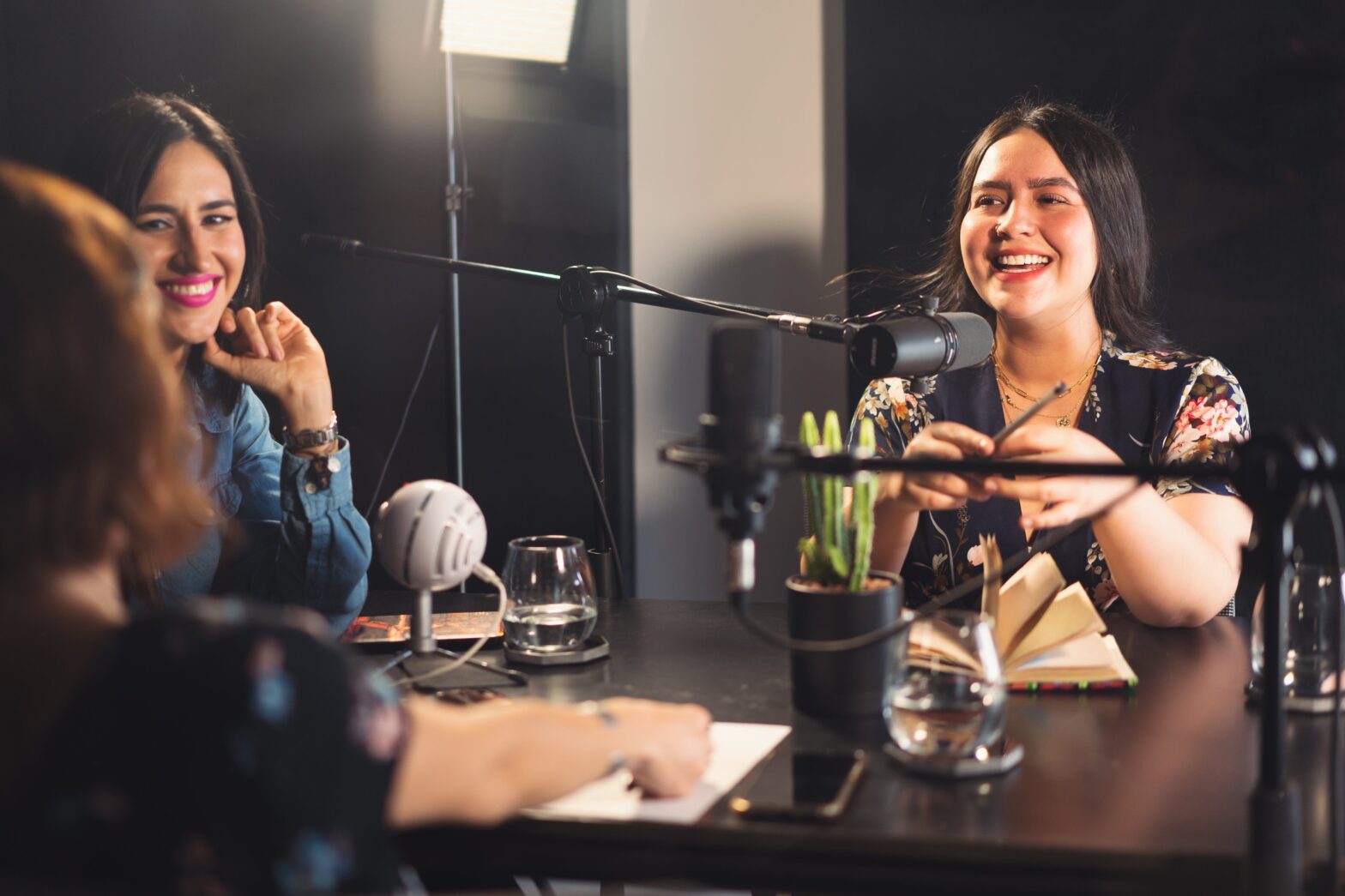Table of Contents
Podcasting has become a powerful medium for sharing ideas, stories, and information with a global audience. If you’ve ever considered starting your own podcast, you’re in the right place. In this guide, we will walk you through the steps on how to start a podcast and share your unique voice with the world. From planning and recording to publishing and promoting, we’ve got you covered.
Step 1: Define Your Podcast Concept
Before diving into the technical aspects, you need to define the heart of your podcast: its concept. Consider these questions before you create a podcast:
- What is your podcast about?
- Who is your target audience?
- What unique perspective or expertise do you bring to the table?
- What is the format of your podcast? (interviews, solo episodes, storytelling, etc.)
Your concept should be something you are passionate about and knowledgeable in. This will make it easier to maintain your enthusiasm and provide valuable content to your audience.

Step 2: Plan Your Content
Planning is crucial for knowing how to start a podcast. Outline your episodes in advance, create a content calendar, and ensure consistency in your release schedule. Decide on the episode length, frequency, and the topics you’ll cover. Make sure you have a backlog of episodes ready before you launch to maintain a consistent release schedule.
Step 3: Get the Right Equipment
Quality audio is key to retaining your audience. You don’t need to break the bank, but investing in decent equipment is essential. Consider these essentials when you create a podcast:
- Microphone: Look for a USB or XLR microphone that fits your budget. Popular choices include the Blue Yeti, Audio-Technica ATR2100x, and Rode PodMic.
- Headphones: A good pair of closed-back headphones can help you monitor your audio while recording and editing.
- Pop Filter and Shock Mount: These accessories can reduce plosives and vibrations, improving your audio quality.
- Recording and Editing Software: Audacity and Adobe Audition are popular options for editing your podcast.
- Acoustic Treatment: Minimise background noise and echoes by using foam panels, diffusers, or sound blankets in your recording space.
Step 4: Create a Recording Space
Choose a quiet, well-insulated room to record your podcast. Ensure it’s free from background noise and distractions. You can enhance the sound quality further by using acoustic treatment materials in your recording space.
Step 5: Record Your Episodes
With your concept, content, and equipment in place, it’s time to start recording. Follow these tips for a smooth recording process:
- Practise your script or speaking points beforehand.
- Speak clearly and at a consistent pace.
- Edit out any mistakes or long pauses during post-production.

Step 6: Edit and Enhance Your Audio
After recording, it’s time to edit your podcast. Use your chosen editing software to cut out mistakes, add royalty free music for podcasts or sound effects, and enhance the audio quality. Ensure a natural flow in your podcast episodes and maintain a consistent sound level.
Step 7: Create Podcast Artwork and Branding
Your podcast artwork and branding are the first things potential listeners see. Design a compelling logo and create a consistent visual identity. It should reflect your podcast’s content and tone. You can hire a graphic designer or use online tools to create artwork that stands out.
Step 8: Choose a Podcast Hosting Platform
To make your podcast accessible to listeners, you need a podcast hosting platform. Popular options include Libsyn, Podbean, and Anchor. These platforms store your podcast files, generate an RSS feed, and distribute your episodes to directories like Apple Podcasts, Spotify, and Google Podcasts.
Step 9: Publish and Promote
Publish your episodes on your chosen hosting platform and submit your podcast to major directories. Promote your podcast through various channels:
- Create a website or landing page for your podcast.
- Utilise social media platforms to engage with your audience.
- Collaborate with other podcasters or influencers in your niche.
- Ask your listeners for reviews and feedback to improve your podcast.

Step 10: Consistency is Key
Maintaining a consistent schedule is vital for podcast growth. Keep releasing episodes on the days and times you promised to your audience. Engage with your listeners through social media and email to build a loyal community.
Looking to add a touch of music to your content? Check out our article on ‘Choosing Music for Your Podcasts!’
Now you know how to start a podcast!
Starting a podcast can be a rewarding and creative endeavour. With the right planning, equipment, and promotion, you can successfully launch your own podcast and share your unique voice with the world. Remember that building an audience takes time, so be patient and stay committed to producing high-quality content. Your podcast can be a powerful platform to share your passion, expertise, and stories with the world.
Soundtrack all your podcasts with our ‘Handpicked for Podcasts‘ playlist and start creating today!

